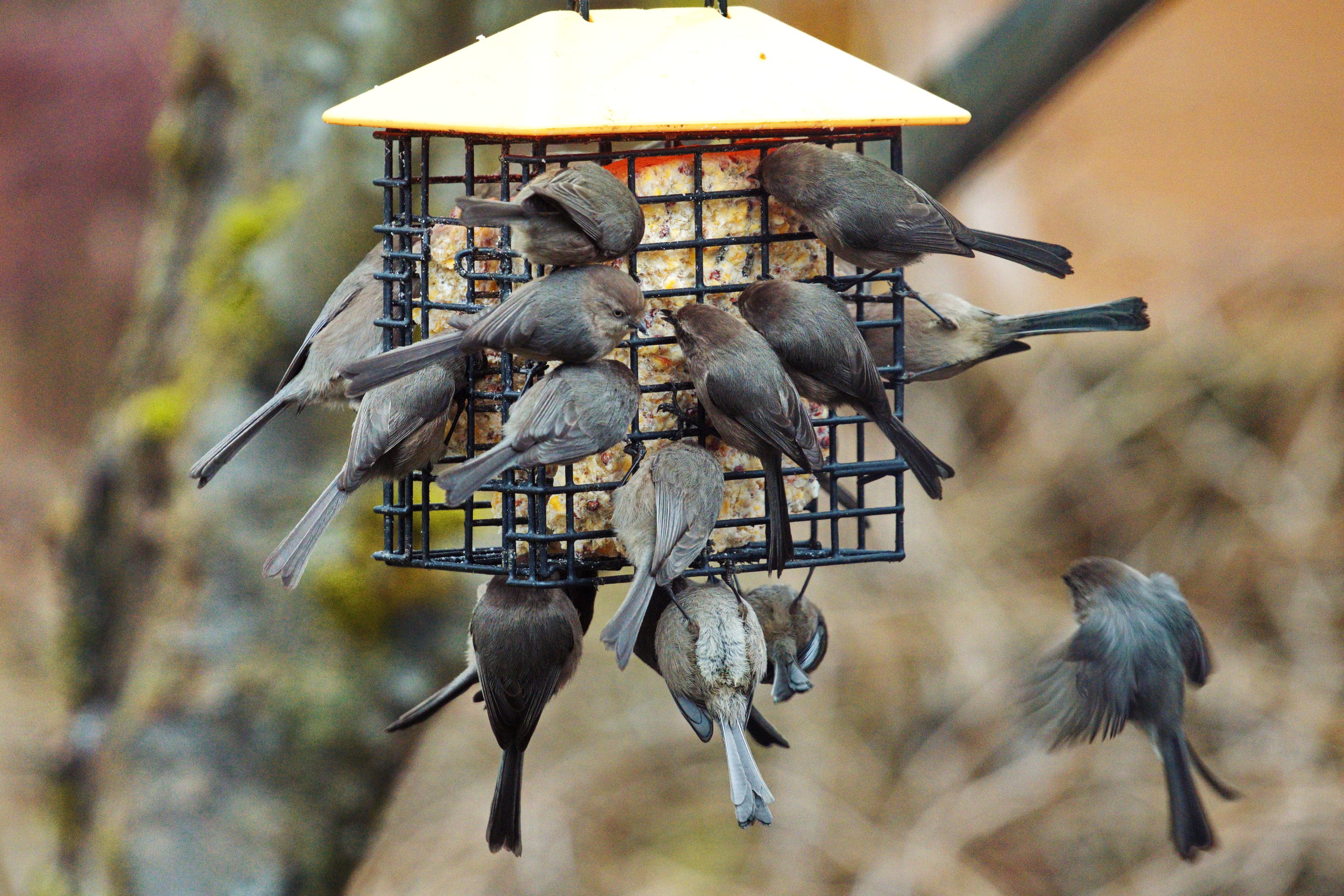Support Us
Since 1979 more than 140,000 animals have been treated by Wildlife Rescue.
Thanks to the support of individuals like you, Wildlife Rescue can provide a lifeline for animals in distress.
 Fall and Winter Bird Feeder Guidance Many of us like to give wildlife a helping hand by providing bird feeders over the cold fall and winter months. With various avian diseases spreading during these months, it is important to be... Read More
Fall and Winter Bird Feeder Guidance Many of us like to give wildlife a helping hand by providing bird feeders over the cold fall and winter months. With various avian diseases spreading during these months, it is important to be... Read More
Every year, Wildlife Rescue provides care to hundreds of wildlife impacted by glue traps and flypaper. These inhumane methods to prevent unwanted guests inside and outside our homes causes horrific injuries and sometimes death to vulnerable wildlife.
Read MoreBats can live in a variety of habitats including deserts, woodlands, caves, suburban communities, and cities. Because they are nocturnal, they hunt at night and roost during the day. Bats play an important role in our environment directly and behind-the-scenes. Bats help pollinate plants and at night they act as “pest control agents” eating thousands of mosquitoes and other insects in an hour.
Read MoreToday is World Habitat Day, started by the United Nations in 1985 to reflect on the state of our towns and cities, and on the basic right of all to adequate shelter.
Balancing wildlife’s needs for habitat and human’s right to adequate shelter can be a delicate one. This year’s theme, Housing For All: A Better Urban Future, reflects this balance, as we must consider environmental factors while creating housing for all.
Read MoreEvery year, approximately five billion pounds of pesticides are used to control pest populations – harming local wildlife on the ground, sea, and sky. Chemical pest control solutions are a common part of our lives – whether it is a golf course, restaurant, or our own home. These different chemicals have a fatal effect on our wildlife – even threatening some wildlife populations. Each chemical may have a different impact on wildlife some fatal, others may bioaccumulate and others may pose no harm.
Read More